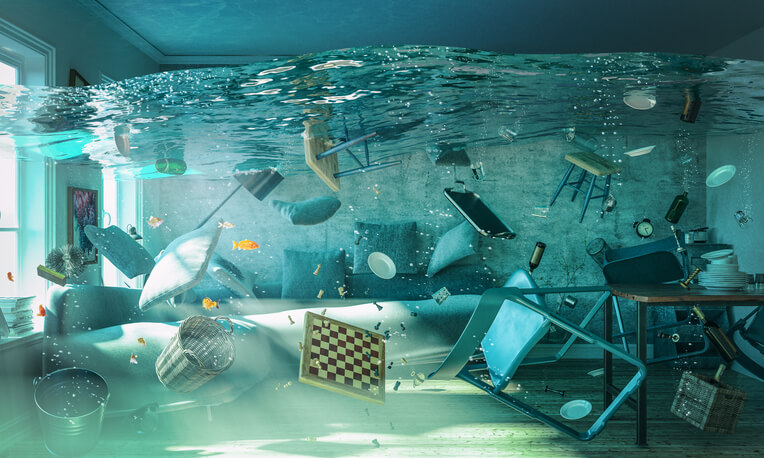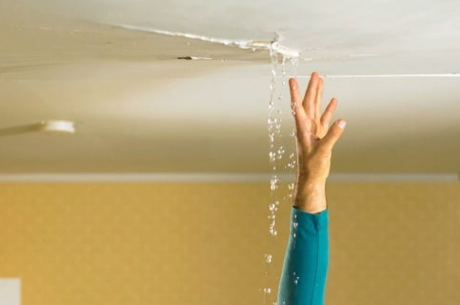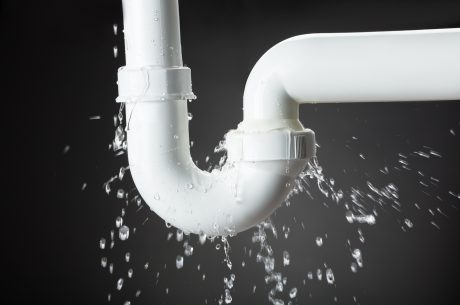Discovering water damage or walking into your home to find it flooded can be a distressing and overwhelming experience. The initial reaction is often panic, leading to impulsive actions that may inadvertently waste precious time. While the visible water is a concern, the more insidious issue is the water infiltrating unseen areas, such as behind walls and under cabinets.
Having a certified restoration company on-site within the first hour or two can significantly reduce the extent of damage to your home. The longer water lingers, the greater the likelihood that it will permeate building materials. The extended exposure can result in extended drying times or worse – an environment conducive to mold and bacteria growth, which would necessitate removal.
Swift water extraction and proper structural drying are key to mitigating damage. Here’s a step-by-step guide to ensuring a proper structural drying process, assuming prompt action has been taken:
- On-Site Response: Within hours of discovering a water leak, a certified restoration company should be on-site. Time is of the essence.
- Thorough Inspection: The team will conduct a thorough inspection, marking with tape the areas where moisture has traveled.
- Safety Evaluation: Safety concerns are identified and addressed promptly.
- Content Relocation: Wet contents are moved to a dry location. Care must be taken not to place wet furniture on surfaces that could be damaged.
- Efficient Extraction: If carpet is affected, thorough extraction is crucial. Ensure that no water can be wrung out from one square foot of pad.
- Baseboard Removal: If walls are wet from 1 to 18 inches above the floor, it is advisable to detach the baseboards to facilitate drying.
- Toe Kick Removal: Toe kicks should be removed from under cabinets to enable airflow under and behind them.
- Inspect for Hidden Wet Areas: Careful checks for missed closets or hidden spaces within walls are essential to ensure complete drying.
- Consider Wall Damage: If walls are wet above 18 inches, there may be a need for wall removal.
- Flooring Assessment: Vinyl, laminate, or so-called waterproof flooring may need to be removed to facilitate structural drying.
- Hardwood Floor Drying: Depending on the circumstances and response time, hardwood flooring may be saved with the right tools and training.
- Crawl Space Inspection: If your property has a crawl space, this area requires a thorough inspection and drying.
- Equipment Setup: Swift placement of proper drying equipment on the same day is vital to expedite drying and prevent mold and bacteria growth.
- Daily Monitoring: Consistent monitoring of the water-damaged structure is necessary to ensure that proper progress is being made.
As evident from these steps, the process of structural drying is intricate, involving numerous crucial tasks. These tasks demand the expertise of professionals who are trained, dedicated, and genuinely care about ensuring your home is thoroughly and properly dried. At PuroClean Emergency Recovery Service New Jersey, we aim to be New Jersey’s most trusted water damage company. Your peace of mind and the well-being of your property are our top priorities.
In the event of water damage, do not hesitate to reach out to us at (877) 750-7876. We are available around the clock, prepared to provide you with the solutions and support needed to mitigate water damage, restore your property, and ensure your well-being. Trust us to be your dependable partner in managing water damage effectively and efficiently




 PuroClean Emergency Recovery Services
PuroClean Emergency Recovery Services